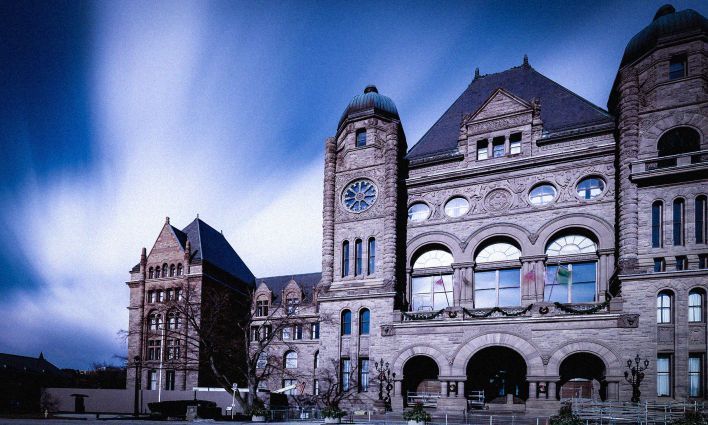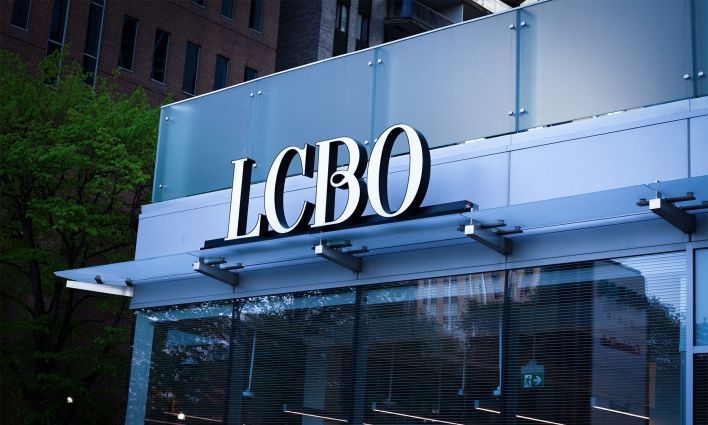Finance Minister Peter Bethlenfalvy is adamant that fighting COVID-19 remains his highest priority for 2021-22, and pandemic spending, at some level and with a special focus on vaccinations, will continue for many months.
This makes sense, but whether the minister will spend enough is an open question. To date, this Ontario government has faced sharp criticism over its persistent penny-pinching when it comes to saving lives.
The problem has been most notable in long-term care, where the government was slow to act from the start and has only committed to address chronic staffing shortages by 2024-25.
Another problem area is education, where Queen’s Park has relied heavily on repackaged federal funding and school board reserves but still only managed to hire one new teacher for every 521 students—this despite the unprecedented need to safely educate children, both in person and online, during a pandemic.
In 2020, Ontario’s COVID-19 spending per capita, was the lowest of the six provinces outside of the Atlantic region. Nothing to crow about.
Politically speaking, keeping the focus on COVID-19 is the only viable option for the government: people are dying, businesses are closed, and the pandemic is the top concern of voters. Still, Minister Bethlenfalvy has been clear that, post-pandemic, reducing public debt through spending cuts is his highest priority.
Focusing on debt to the detriment of public services can only sabotage our future.
Focusing on debt to the detriment of public services can only sabotage our future.
The world is in a period of sustained low-interest rates that governments everywhere are locking in for the long term. These rates are so low that interest payments on public debt are remaining stable even as debt levels rise. And, here at home, the Bank of Canada—a bank that Canadians own—has shown itself to be more than willing to use its powers to support public finances, both federally and provincially.
There is no crisis here. Total public debt in Ontario (federal plus provincial) has risen to 101% of GDP during the pandemic, less than that of comparator countries like the United States, France, and (especially) Japan, whose debt-to-GDP ratio was at 239% even before the pandemic. The debt levels of both Ontario and Canada are, frankly, ordinary.
Nonetheless, Minister Bethlenfalvy intends to reduce spending on public services because—he says without irony—it’s the only way to save them. Ontario, he claims, has a spending problem. This is untrue.
Before the pandemic, Ontario program spending was $2,000 per person, per year less than the average of the other provinces. With Ontario’s population soon to reach 15 million, it would have to spend an extra $30 billion a year just to be average.
Ontario entered the pandemic spending less, per capita, on hospitals than any other province. It has the fewest registered nurses, per capita, as well. Ontario’s public college system now gets more funding from international students than it does from Queen’s Park. A lone individual on social assistance is expected to stay alive, somehow, on $733 a month.
The only spending problem Ontario has is that it is not spending enough on vitally necessary supports and programs.
The only spending problem Ontario has is that it is not spending enough on vitally necessary supports and programs.
Away from the COVID-19 battlefield, the government has been underinvesting for some time. The Financial Accountability Office has projected that base funding for government programs will not keep pace with the growing demand for public services in upcoming years.
In health care, base funding is set to grow by 2.9% annually over the next two years, much less than the 4.6% that is needed to deal with inflation, population growth, and people getting older.
In education, spending will grow by 1.6% annually over the next two years, less than the 2.9% that is needed. In all areas, except COVID-related spending, the government has been implementing spending cuts, once inflation and population are taken into account.
Meanwhile, the province is actively reducing revenues that pay for public services. Tax cuts that this government has implemented since the June 2018 provincial election will siphon $4 billion from public coffers this year. That’s a revenue cut of roughly 2.5%—a significant amount, which is unsustainable, especially in light of COVID-19.
Based on his public statements, it would be a surprise if the minister uses this budget to restore lost revenues and breathe life back into public services. Given this government’s record, a more likely scenario is even more tax cuts, either in this year’s budget or before next year’s election. These will likely be packaged as “creating the conditions for growth” but, again, what they will actually do is take money out of public services.
There is another way.
A province that has low spending and growing debt is a province that is not bringing in enough revenue.
In a rich province like Ontario, where real economic activity per person hit an all-time record high in 2018, we can change that. And we don’t have to wait for the pandemic to end.
Despite the millions of people who are struggling, there is no shortage of money in Ontario. Many Ontario corporations and individuals, not to mention billionaires, are doing better financially than they were before the pandemic. Their incomes have remained stable, their savings have increased, and their net worth has grown.
There has never been a better time to boost government revenues to save our public services and speed the economic recovery.
Tax hikes on those who can afford to pay aren’t expected to be part of this year’s budget; going forward, they are the only sustainable option.








